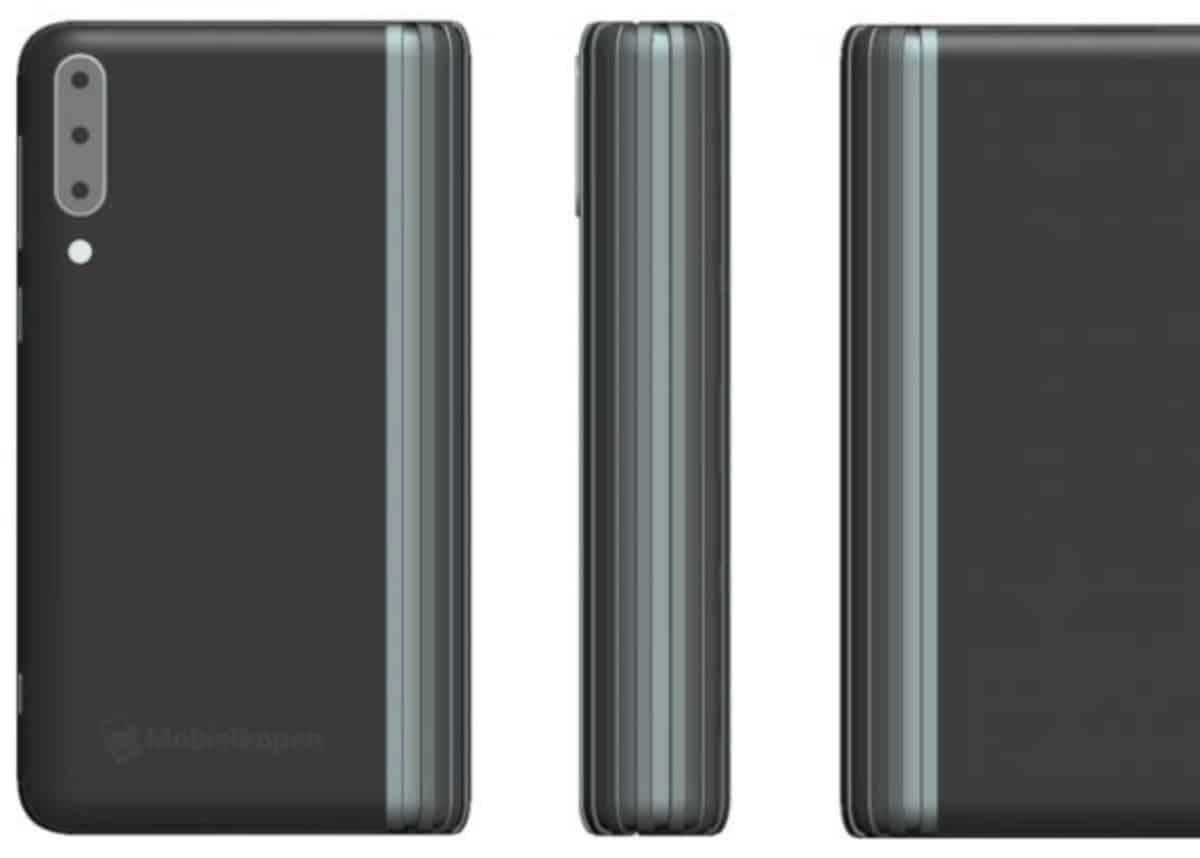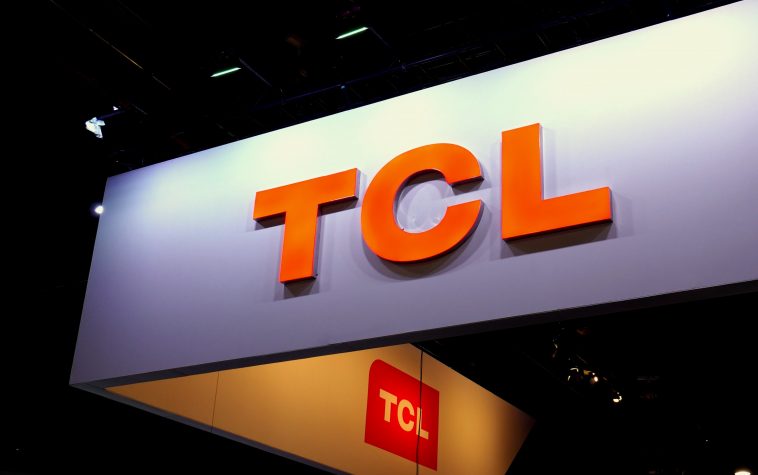TechInAfrica – Foldable phones have been long regarded as a modest implication of cutting-edge technology—not to mention Samsung’s blunder during their takes on the first editions of Galaxy Fold. With normal phones (the ones that don’t fold, mind you), parts and components stay in their intended spots; this means their positions do not change whatsoever and are very static to their places. Foldable phones, however, rely on the flexibility of moving components which in return could potentially be harmful for the user and the gadget itself. TCL, a Chinese multinational company specializing in electronics designing, developing, and manufacturing, recently started the development of Flextab, a phone than unfolds onto a tablet.
Rumored to officially launch in 2020, Flextab offers a game-changing innovation towards foldable phones, named DragonHinge. DragonHinge allows the device to fold in various ways whilst protecting the integrity of the parts, keeping the AMOLED display in check, and making others envy you because your phone is just too futuristic to handle.

In a press release, Shane Lee, TCL’s Global Product Center General Manager asserted:
Through TCL’s vertical integration with CSOT, we have conquered many of the challenges that come with flexible displays; and now with the announcement of DragonHinge, we’re able to show the world how we’ll overcome the mechanical housing challenges that must be solved in order to support these new foldable form factors.
Since it’s still in the earliest of developments, there are still no leaks yet on what the exact specifications are of Flextab—the RAM capacity, the processor, or even the internal storage capacity. However, we do know that it’ll offer a USB Type-C charging port, as well as the universal 3.5mm audio connector.
In addition, because Flextab hasn’t a front screen, it’s rumored to be priced considerably less than expected—around R20,000 per singular unit.
Source: thesouthafrican.com



